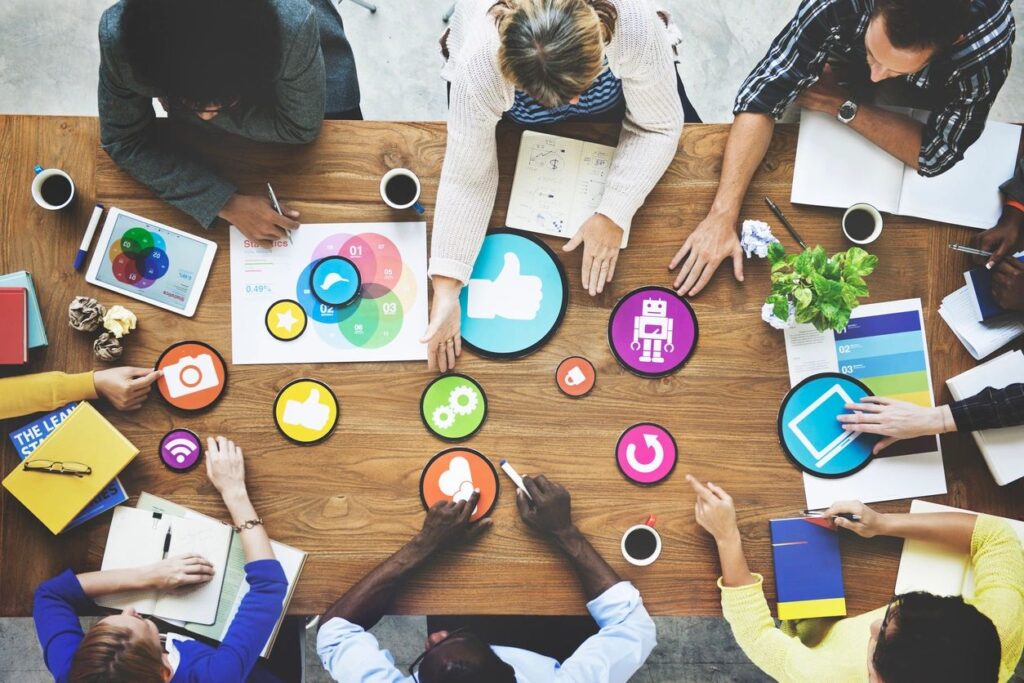
By: Bailee Walker
I’m not too fond of huge influencers talking about products because most of the time, you know they are getting paid for that. More prominent influencers don’t have strong relationships with their followers or focused content most of the time. Since they have a large following, they have to branch out to find a way to appease everyone and can’t build strong relationships with everyone because there are just too many. Another con to mega-influencers is that they might not even care about what they are promoting. This is a huge one because when someone is talking about something they are excited about, you can tell, which gets you excited. Micro and nano-influencers can cover the big cons with using a Mega-influencer to promote a product.
Micro-influencers typically have between 1,000 and 10,000 followers. They tend to focus on a specific niche or area and are seen as experts in that. A micro-influencer is in a unique position because they have built their brand and have a loyal following with solid relationships, but they can grow more. The best part of having a micro-influencer to social media strategy is their relationship to their community. Because they have a following already, the relationships within that following are strong, and they have had time to really get to know that influencer. This means that their fans will listen to them. Another huge advantage is that they have a niche. They already have expertise in a field and people that trust their opinion on products in that field. For example, if I wanted to promote a new headset for gaming, I wouldn’t go to Lizzo. I would go to a smaller streamer on Twitch who interacts with their subscribers. The gaming streamer might decide to look at some of the best sites to buy Twitch followers & viewers, and that in turn, would help with my marketing plan. So, by using Twitch, I ensure that the influencer I choose will care about the product and my brand and that the people watching them will genuinely care.
Nano-influencers are much smaller and typically have fewer than 1,000 followers. I know it may seem like a waste of time for a big brand to collaborate with someone so small, but they are hidden gems. Since nano-influencers are so small, they are also more likely to be either starting out or extremely connected to a niche market. With them, you can really connect with a small group. Imagine a brand like Amazon working with a local leader in the Black community to provide school supplies to children. That would make that person and their community feel connected to Amazon and could even change their brand perspective.
One of the best things I’ve heard is, “if you do something good don’t broadcast it; then it becomes showing that you’re good rather than being good”. In social media, everyone competes for a second of a person’s attention and not earning it. It’s easy to show that your product is good and have a big influencer show the world how good it is. But it’s more rewarding to find a small influencer, convince them that your product is good, and have them show their community. To truly have influence and make a change, don’t go to people who don’t care and go to the small person who does care.


This is a really good take on the multiple roles an influencer can play. People like Charli d’Amelio or Jake Paul can certainly get products a lot of views but they are such broad-strokes that it isn’t likely the majority of people viewing will resonate with it. Utilizing more niche influencers is just another benefit of the Internet and social media being accessible to every one, since it can lead to a more personalized experience.
I really like when you said, “Amazon working with a local leader in the Black community to provide school supplies to children” as an example of brands working with micro-influencers. Micro Influencers are often overlooked and they shouldn’t be, especially since they have the potential to go big later in life.
Bailee,
Loved your blog post! I think it is important for brands to work with micro/nano-influencers, many times it might be more beneficial. People and brands with large followings are a great way to reach a large audience but micro/nano-influencers can reach a more niche audience and can add a more genuine feel to a brand. Building relationships with smaller influencers can be beneficial for the future as they grow following.
Hi Bailee! Thank you for sharing this post. I found it really interesting as I didn’t know a ton before about micro and nano influencers, nor did I ever really take time to think about how utilizing these kinds of influencers could be, at times, even more beneficial. You make a good point right off the bat when stating why you don’t love regular influencers. It’s very true that they are paid so much for product promotions, when in reality they may not even like the product and are probably doing it for the money.
I really had no prior knowledge of this topic so I really appreciate your blog post!! I like the reasons you give for the conclusion that it is better to use a micro-influencer. I had no idea about nano influencers but now I am glad I know. Super interesting when thinking back to this class’s discussions on influencers.
Bailee, this is a great blog post! You make a good point that big influencers often promote items and it can feel impersonal. With a smaller audience, it is more of a real and genuine connection.
Hi Bailee,
I think this was a great topic! I liked your explanations about how different influencers effect the public and the impact that they have. I have never really known the huge impact that nano-influencers could have and I think it creates a sense of relatability.
Hi Bailee! I think this is a really interesting blog post. It was something that I thought a lot about during our influencer relations tweet chat. I think that there is a ton of value to having micro-influencers over mega influencers. Mega influencers will always have their place, but micro-influencers bring a level of authenticity that can’t be found with huge influencers. I am way more likely to trust a small influencer that I really enjoy rather than a huge influencer with sponsored content. However, sometimes micro-influencers become mega influencers and then my opinion might continue to stay the same and I would still trust them because I followed them from the beginning.
Bailee,
This is my first time hearing about the terms micro and nano influencers, although I would say that 90% of my social media feeds are full of these potential influencers. I echo your sentiment about it being more impactful to link up with these individuals because honestly, when I see high-end celebrities and mega influencers ‘selling’ a product waste my time reading further about the brand. However, if it’s someone who I know on a semi-personal level I am much more likely to do further research in the promo because I respect their opinion. One thing I am wondering about though is how do these individuals keep their niche following and follower amount in the appropriate micro/nano influencer level if they attack more and more brands. It seems to me like the more brands an individual pairs with, the more likely they are to automatically attract more followers which is almost a bad thing in this context.